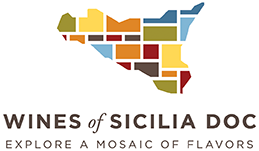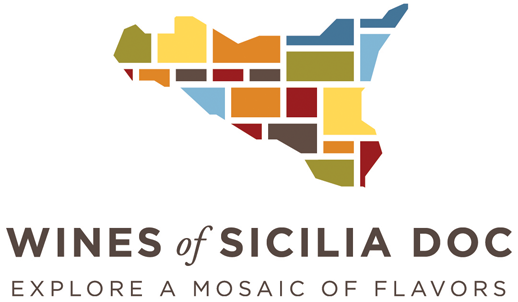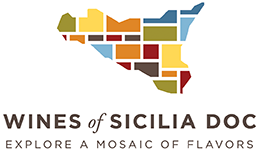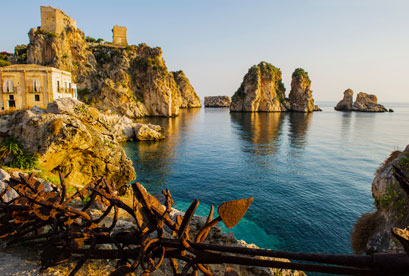
GIO MARTORANA
Travel Sicily
In Sicily, there is something for every traveler. The island presents unparalleled natural and historical attractions to captivate your senses and warm your heart.
Sicilians know that it doesn’t matter which direction you’ve come from or in which direction you’re headed. What matters most is the quality of your experience on the island.
GETTING TO THE ISLAND
The high season for travel to Sicily begins in May and lasts through October, though the island is a wonderful destination all year long. Sicily’s airports in Catania, Palermo, Trapani and Comiso offer international flights from most major cities in continental Europe.

Savoring Sicily
The island’s food festivals celebrate seasonal culinary delights and run throughout the year in every province, city and village.
Wine experiences can be found in every province on the island. Sicilian wineries are increasingly including hospitality as a part of their daily schedule, and many wine specialists offer concierge-style experiences for the discerning wine lover.
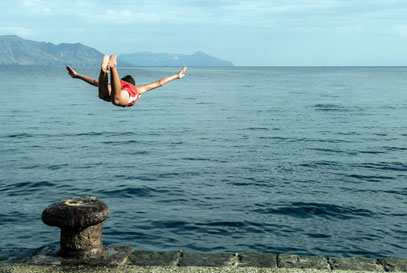
GIO MARTORANA
Fun in the Sun
Cycling in Sicily has become very popular in recent years. The island is the perfect destination for those seeking diverse terrain and scenic rides around the island’s coastline. Bicycle trails can be found in the regional parks, and professional touring organizations can assist with your travel plans.
Rock climbing is popular in Trapani, Palermo, Messina and Pantalica, in Siracusa province, with more than 20 mountains and ranges that provide hiking opportunities as well as a range of challenges for both beginners and experts.
Water sports—sailing, kite-surfing, kayaking, snorkeling and scuba diving—are readily available around the island and the outlying archipelagos. While the spring, summer and fall feature optimum conditions for most water sports, some are available year-round.
Sicily boasts diverse golf courses, favorite destination to combine the pleasure of sport and relax.
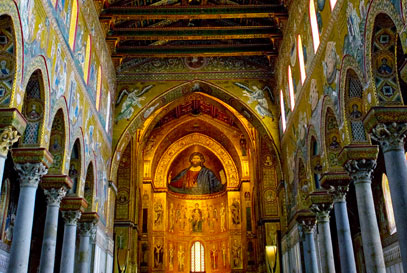
GIO MARTORANA
Ancient Wonders
Sicily is the host of several UNESCO World Heritage Sites, including the archaeological area around Agrigento; Villa Romana del Casale (between Enna and Ragusa); the Aeolian archipelago (to the north of the big island); the baroque cities of Val di Noto; Siracusa; and the volcano Mount Etna. Unique among Sicily’s UNESCO sites is the island of Pantelleria, to Sicily’s south. Pantelleria was added to the UNESCO heritage list in 2014 for its traditional head-trained grapevines of Zibibbo. The traditional techniques of Pantelleria’s vine training are celebrated each year, between the months of July and September, during festivals that honor the history of the island’s vineyard practices and the annual harvest.
The island’s religious and historical celebrations are some of the most long-lived and cherished in the modern world. Many of them have not changed for hundreds or thousands of years. The annual religious calendar is filled with honored saints days, local traditions and memorials for clerics and artists.
The island’s museums and outdoor archeological sites offer unparalleled opportunities to see the artifacts, sculpture, jewelry, weapons, housewares and textiles of Sicily’s ancient past. Phoenicians, Greeks, Romans, Muslims and Spaniards all left evidence of their time in Sicily. Most sites and museums are open year-round.
One of the most dynamic areas of interest is the island’s archive of architecture. Sicily’s three main periods—Classical (Greek), Medieval and Baroque—are represented in the island’s major cities and in unique archeological sites throughout the countryside. With only a car and a map, a visitor could spend days or years studying the island’s structures.
